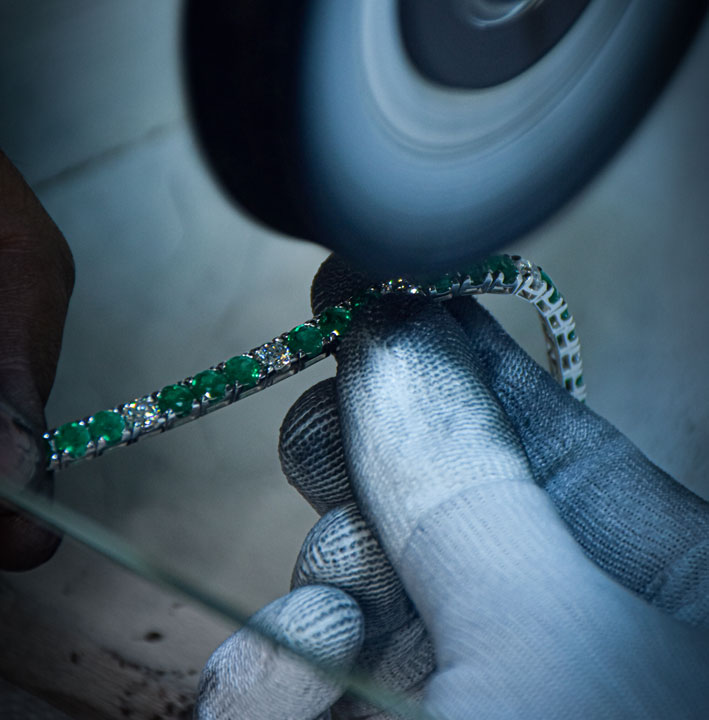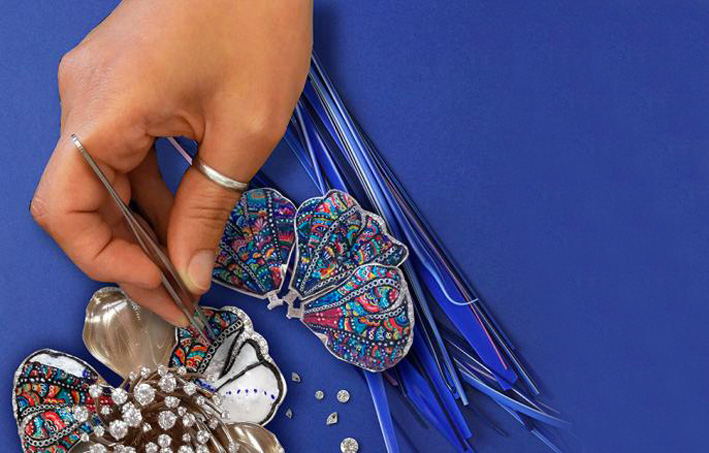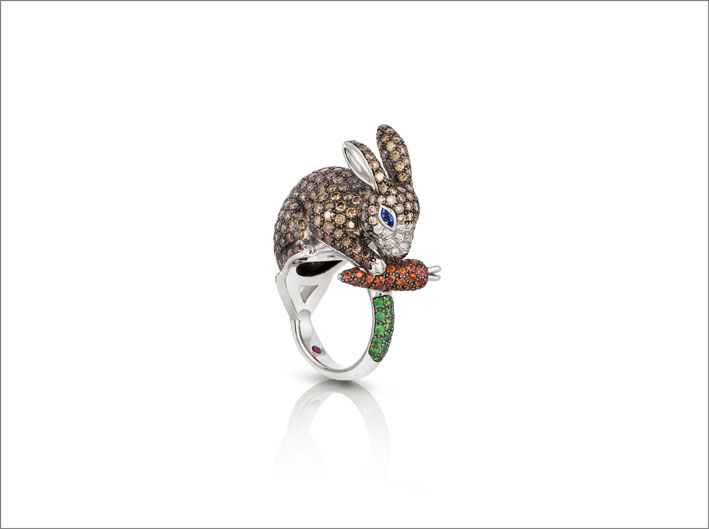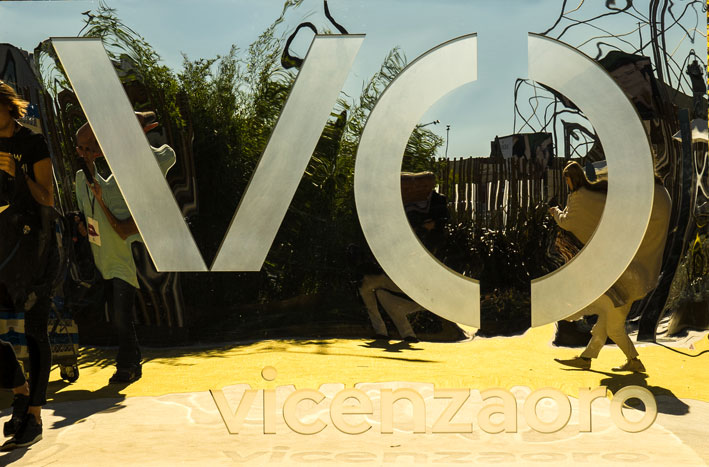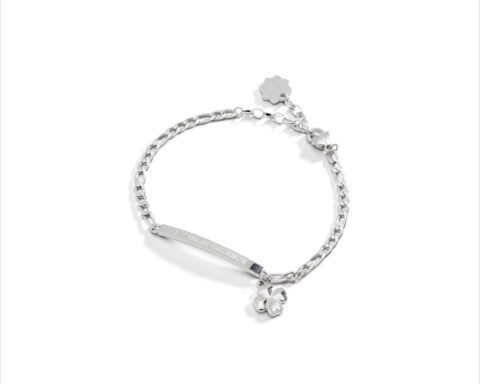What is the state of health of the gold sector in Italy? For three years the Club degli Orafi, an association that brings together some of the large companies in the sector, has been asking the main Italian bank, Intesa San Paolo, for it. The result is a Conjunctural Survey which by now seems to be a necessary appointment for those who work in the world of jewellery.
The new edition of the research, presented during Vicenzaoro January, indicates widespread optimism among operators. The balance sheet for 2022 in each size class of companies records an increase in turnover for around 70% of those who responded to the survey. Although the final data for 2022 are still provisional, Banca Intesa’s research confirms the change in the Istat index (the Italian public statistical body), which stands at +25% in the January-October period, better than the sectors of fashion and manufacturing chain.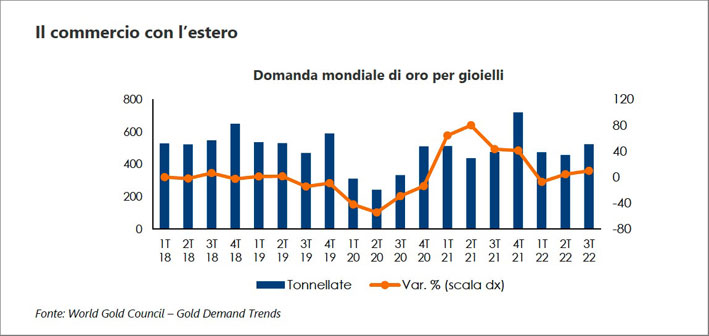
Optimism confirmed by the industrial production of the gold sector, with a growth trend in the January-November period both compared to 2021 (+15%) and in comparison. with 2019 it becomes +28%. After the two difficult years of covid, in short, and in spite of the geopolitical crisis involving Ukraine and Russia, exports have not stopped: in the first nine months of last year there was growth both in value (+30%), both in quantity (+11%), with a full overcoming of the pre-pandemic crisis values (+40%).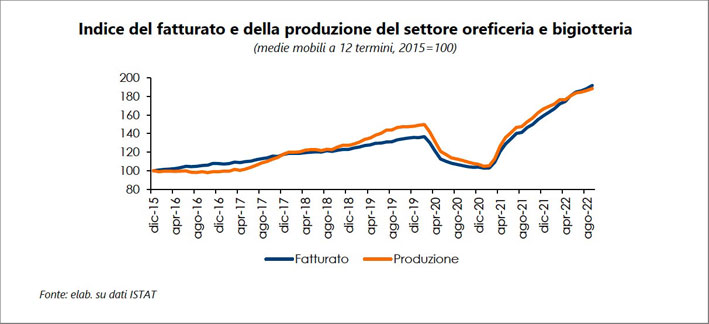
Italy ranks as the sixth exporting country of jewelery and semi-finished products, with a growing market share, especially in the United States, where it has managed to consolidate its positioning (12.5% market share in November 2022) .
What about 2023? The survey indicates generalized expectations of a slowdown and greater prudence: for larger companies, however, the sentiment remains positive both for the domestic market (56% of respondents) and for the foreign market (61%). Obviously everyone hopes that the Russian invasion will end and with it the war.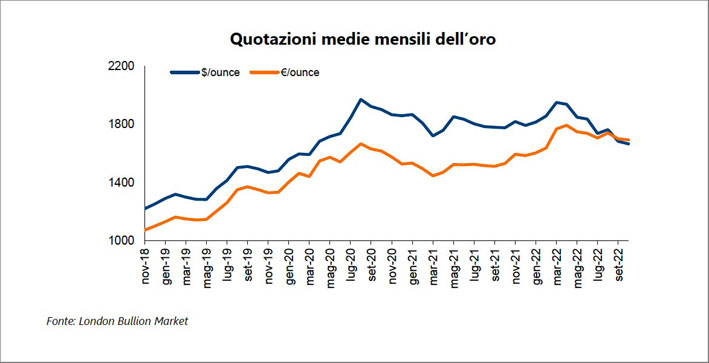
The analysis of the data relating to 2022 shows how the positive trend recorded in recent months was not temporary and in response to the decline in 2020, but rather a sign of extraordinary structural growth in the Italian gold sector. The companies have managed to directly address most of the critical issues that aroused the greatest concern in recent months, such as the geopolitical situation, increases in energy costs and difficulties associated with raw materials. The end of travel restrictions with the consequent recovery of trade fairs and tourism have given further impetus both in terms of further strengthening of exports and as regards the recovery of retail. The by now undeferrable issue of finding human resources remains, becoming stronger, which has become a priority for almost all companies, especially large ones.
Giorgio Villa, President of the Club degli Orafi Italia
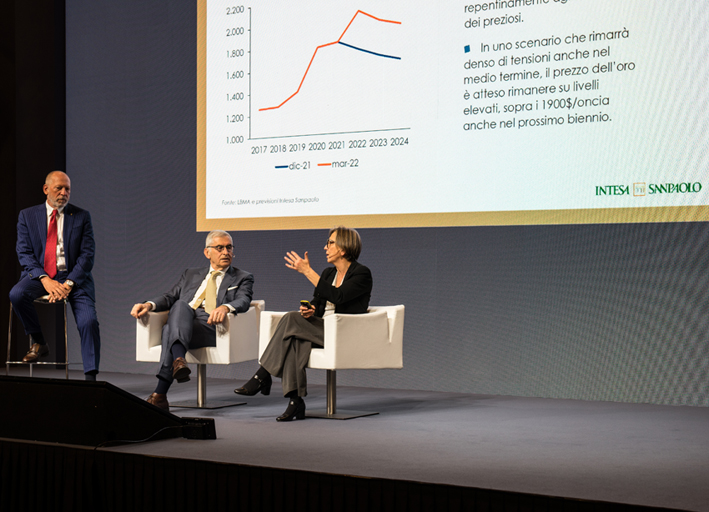
But for Italian companies, the game is played above all in comparison with other national or European operators, while the greatest difficulties are represented by the finding of manpower, indicated by one respondent out of two (rising to 87% of cases for production) and which, due to a progressive downsizing of the problems related to the management of raw materials and supplies, is in first place.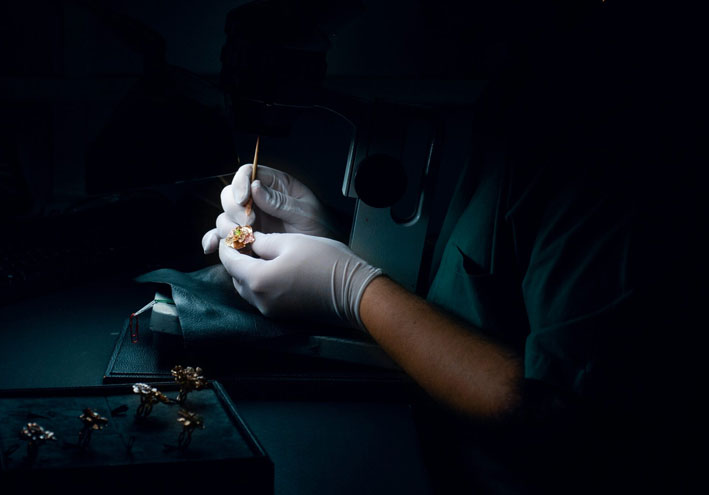
Also in 2022, the Italian gold sector confirmed its high level of competitiveness, especially in international markets, with export growth of 30% in value and 11% in quantity, fully exceeding the pre-crisis values. The contribution of the US market stands out in particular, also supported by the favorable exchange rate, returning to first place among the destinations of Italian jewelery which has progressively strengthened its positioning so as to represent 12.5% of total American imports in November 2022. Overall, the sector has shown great resilience and competitiveness over the last two years, the result of a long process of selection and requalification of the offer that has led Italy to become the main production hub for high-end jewelery . It will be essential, also given the more uncertain context that lies ahead, to continue along the path of strengthening the offer thanks to investments aimed at making production processes more efficient and supporting the know-how necessary for the development of the sector.
Stefania Trenti, Head of Industry Research, Intesa Sanpaolo Studies and Research Department
